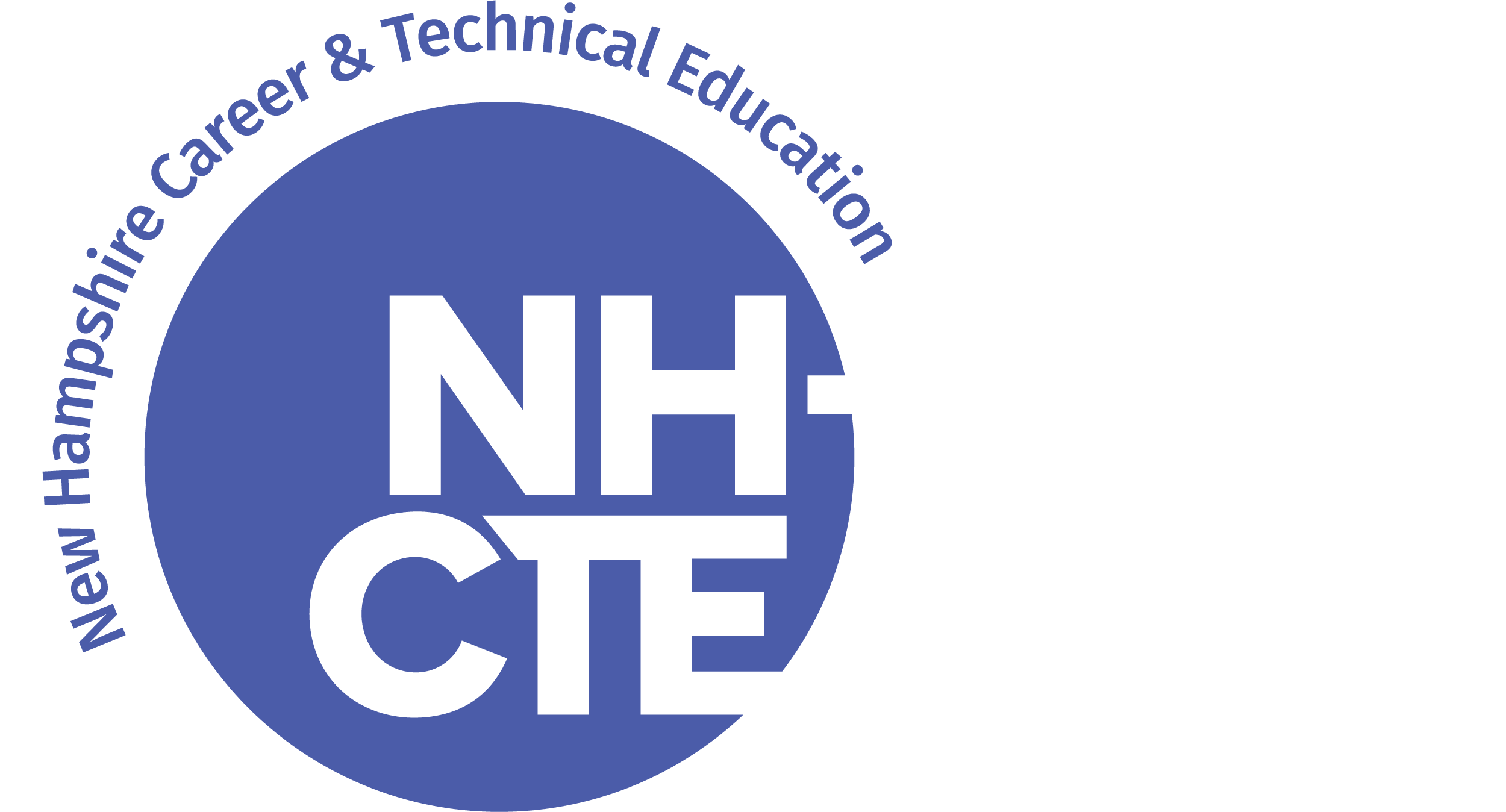According to findings from the NH Governor’s Task Force on K-12 STEM Education, the need for STEM programming has never been greater. These findings reveal that while employment opportunities in STEM-related jobs are growing in NH, there are not enough skilled employees to fill them.
Recognizing the need in the classroom and industry, Diane Canada, Career Technical Education Director at Portsmouth Career Technical Center, said they have recently forged powerful relationships with outside agencies to enhance their STEM curriculum.
“We have been fortunate to have Meg Prescott, Great Bay Community College IT Department Chair, teaching our computer science pathway courses as a pilot here in the Career Technical Center,” she said. “This arrangement with the college has been an extremely beneficial collaboration.”
More recently, she said they have provided space for New Heights, an experiential learning organization, to provide robotics programming after school for students through FIRST Robotics Competitions (team name is “The Wire Clippers”). She said the success of this arrangement—as well as a chance encounter with New Heights’ STEM coordinator Wayne Moulton—will yield a deeper collaboration.
“We happened to be at a competition where we were both judges and we got to talking about robotics, STEM and working together more at the high school,” she said. “I was very excited that New Heights was interested in expanding their work into the high school.”
In working to strengthen the educational opportunities for students through the collaboration, Canada said they plan to bring New Heights staff into the classroom during the school day to enhance the programming curriculum with robotics beginning in school year 2017/18.
“It’s an opportunity to build an even stronger programming curriculum as we seek to implement a two-year program in the Career Technical Center next year,” she said.
She expressed particular excitement regarding the opportunity for students to work with New Heights’ humanoid NAO robot.
“I saw a demonstration of it and I immediately recognized its applicability here,” she said.
NAO is humanoid with two arms, two legs, eyes, and ears. It can walk and talk and its artificial intelligence and developed behaviors evolve during the programming process. At a cost of more than 150 million dollars to develop, NAO’s effectiveness as a STEM teaching tool across all academic subjects has been substantiated by evidence in the US, Canada and Europe.
NAO would help students understand how various robotic technologies operate and why they work. It would invite students to problem solve, analyze and apply their knowledge in other settings, which is a cornerstone of Career and Technical Education (CTE).
For Moulton, the opportunity to work with students during the school day helps address a critical educational need.
“Students need hands-on opportunities to apply what they learn in the classroom into situations that are similar to the real world,” he said. “We really enjoy working with the students at Portsmouth High School and can’t wait till the next academic school year to expand our STEM offerings…I’m very grateful for all the staff who have shown their support.”
In looking to work with more students during the day at school, New Heights Executive Director Tracey Tucker said they are building “a STEM pipeline.”
“We are looking to work with elementary kids, too, in the Portsmouth School District,” she said. “I’m grateful for Diane and everyone in the District who are working with us to make this happen.”
Canada also expressed excitement at what lies ahead for students in Portsmouth.
“With Wayne as our robotics maker-in-residence, students will program robots using both Python and JAVA as computing languages to make the robot work,” she said. “Students will also be eligible to earn college credit from Great Bay Community College through Running Start.”
She said it is already obvious that students are eager to learn programming languages to program a robot to do any number of tasks. In looking ahead toward the future, she cited big goals.
“We have a vision of a space where students will be able to design, build, and program all types of robots and mechanisms to better understand computer science, machinery and manufacturing,” she said. “By working collaboratively, we are better able to teach the skills today that industry will need tomorrow.”
To learn more about New Heights, visit www.newheightsonline.org.
